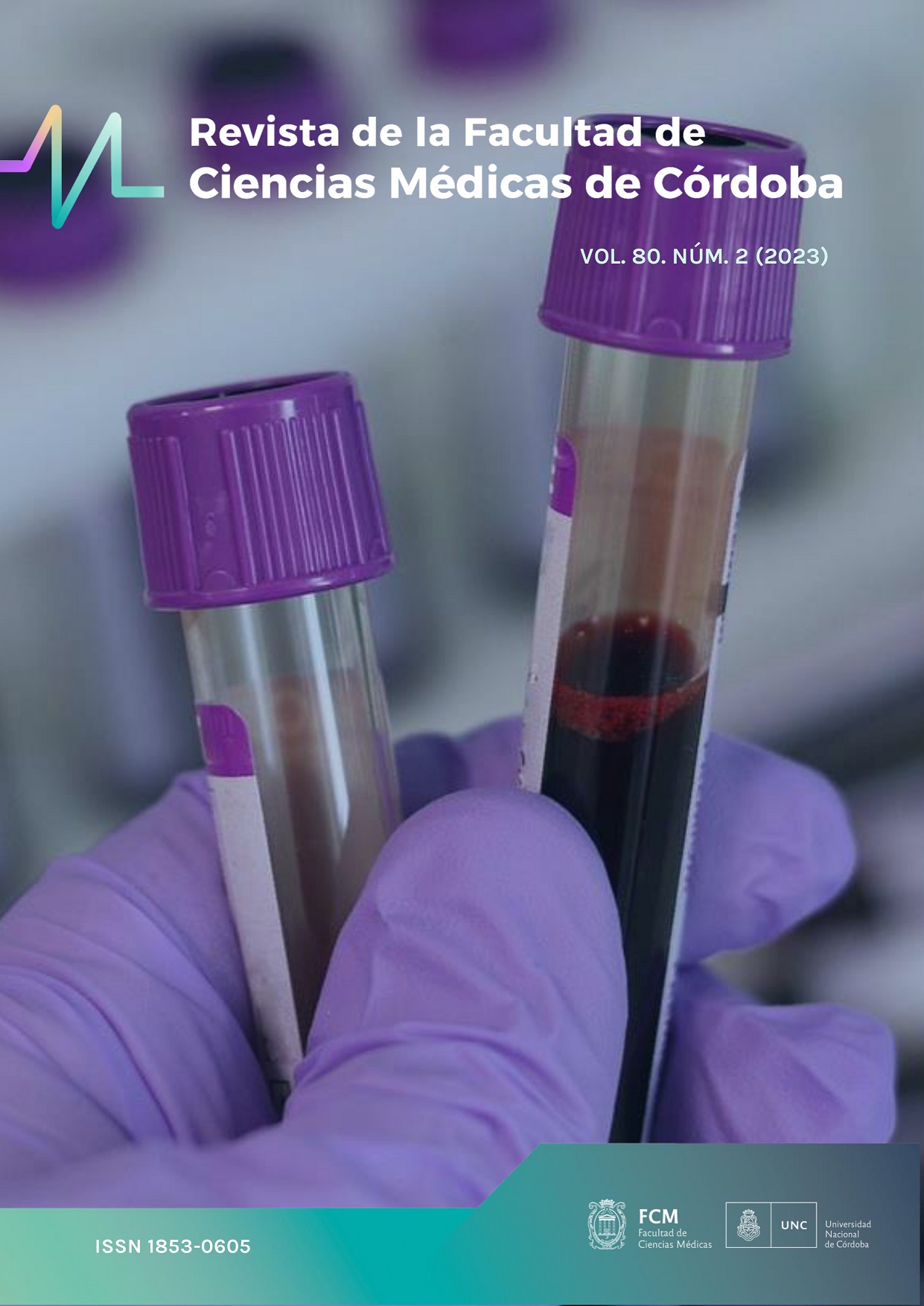Musculocutaneous Flap of the Tensor Fasciae Lata: Study of Its Vascular Pedicle in Cadaveric Specimens
Keywords:
arteria circunfleja femoral lateral, tensor de la fascia lata, cirugia reconstructivaAbstract
The musculocutaneous flap of the tensor fasciae lata (TFL) is widely used for the reconstruction of substance losses due to trauma and pressure ulcers in the trochanteric region. This flap is based on the transverse branch of the lateral circumflex femoral artery (LCFA), a branch of the profunda femoris artery (PFA). The objective of our work is to identify the entry of the vascular pedicle into the TFL muscle and describe possible anatomical variations.
We dissected 12 gluteal regions from 6 adult cadavers fixed in 10% formalin, belonging to the Chair of Normal Anatomy (FCM-UNC). Classical and microsurgical dissection techniques were employed using appropriate instruments and magnification lenses (2x and 3x). With the cadaver in the supine position and using a longitudinal medial thigh approach, the quadriceps muscle plane was exposed and retracted medially to identify the intermuscular septum, and subsequently the LCFA and its entry as a pedicle into the TFL muscle were individualized.
In 91% of the dissections, the transverse branch of the LCFA was identified as the main nutrient vessel of the TFL, while in one case, the descending branch of the LCFA was observed as the dominant vessel. The vascular pedicle of the LCFA entered the TFL muscle between 8.4 and 10.7 cm from the anterior superior iliac spine. The mean length of the pedicle was 7.2 cm (range 4.6 to 7.5 cm). Although the vascular pedicle of the TFL is predominantly supplied by the LCFA, the literature describes variability in 4 to 6% of cases, with a pedicle formed by an ascending branch and in 2% of cases, by a descending branch, as observed in our series.
In the studied sample, the results indicate that the anatomical conformation of the vascular pedicle of the TFL flap is dominated by the LCFA in most cases, although variations are observed that should be considered to minimize possible surgical complications in the region.
Downloads
References
.
Downloads
Published
Issue
Section
License
Copyright (c) 2024 Universidad Nacional de Córdoba

This work is licensed under a Creative Commons Attribution-NonCommercial 4.0 International License.
The generation of derivative works is allowed as long as it is not done for commercial purposes. The original work may not be used for commercial purposes.











